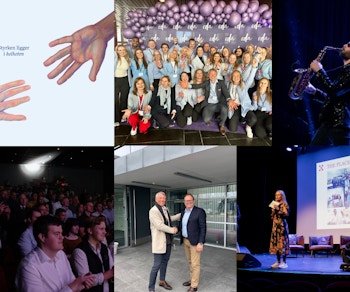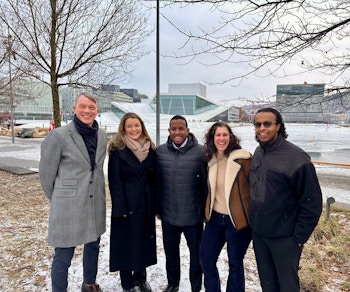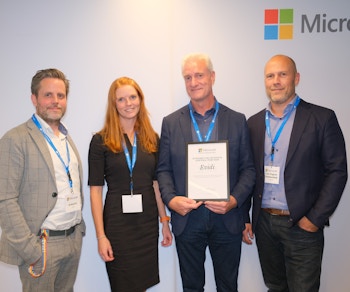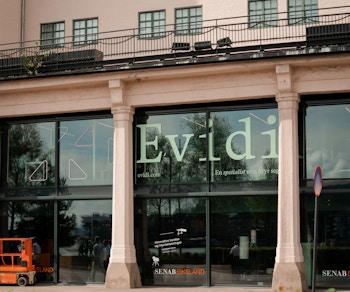Evidi proud sponsor of Dandiya for Sewa
Ranja Pedersen Ovedal
At Evidi, we believe that our collective competence and diverse perspectives are our greatest assets. Curiosity broadens our horizons and deepens our understanding of the world around us. We have team members in Norway, Sweden, Denmark, and India. Currently, our Indian colleagues are celebrating Navaratri, and we are proud to support the event Dandiya for Sewa.
The strength lies in the unity
Navaratri holds special significance for Gujaratis/Indians, both as a religious festival and a cultural celebration. In Gujarat, the festival is dedicated to the worship of Goddess Durga in her various forms and spans nine nights (the meaning of Navaratri). It's an occasion that blends devotion, tradition, and joyful expression through music and dance.

How it plays a meaningful role for Gujaratis
Religious Significance
Worship of Goddess Durga: Gujaratis, like many Hindus across India, celebrate Navaratri by worshipping different forms of the goddess each night. Temples and homes are adorned with colorful decorations, and devotees perform rituals, prayers, and fasting to honor the goddess and seek her blessings for strength, prosperity, and well-being.
Garba and Dandiya Raas: Cultural Pride
Garba: One of the most distinctive features of Navaratri in Gujarat is Garba, a devotional dance form performed in circles around a clay lamp or an image of the goddess. The circular movements symbolize the eternal cycle of life, and the lamp represents the goddess as the source of life.
Dandiya Raas: This is a vibrant dance performed with sticks (dandiyas), representing the fight between Goddess Durga and the demon Mahishasura. Dandiya and Garba bring communities together, and entire towns and cities participate in these celebrations. Dance events often continue late into the night, with traditional songs, music, and elaborate costumes.
Community Bonding
Navaratri is a time when friends, families, colleagues and neighbors come together to celebrate as a community. Large-scale Garba events are organized, where people of all ages participate. It fosters a sense of unity, tradition, and shared cultural heritage.
Traditional Attire
People, especially women, wear traditional Chaniya Choli (embroidered skirts and blouses) and men wear Kediyu and Kafni (traditional Gujarati attire). The attire itself is often bright, colorful, and intricately designed, adding to the festive atmosphere.

Fasting and Feasting
Fasting is common during Navaratri in Gujarat. Devotees fast for nine days, often following a specific diet that excludes grains and certain vegetables. Special farali (fasting) foods are prepared. After the fast, feasting with family and friends is also a joyful aspect of the festival.
In essence, for Gujaratis, Navaratri represents a blend of religious devotion and cultural celebration. It is a time of worship, but equally, it is about the joy of coming together as a community to celebrate their rich traditions, express creativity through dance and music, and honor the divine feminine.
Happy Navaratri (Shubh Navaratri)
Pictures are from the celebration that took place in India.




Would you like to learn more about who we are and what we do?
Explore our website or contact our skilled advisors!







